Oh trust me, as focus group participants they'd give companies an earful!
Readers Write: Turning Data into Action to Address Social Determinants of Health
Turning Data into Action to Address Social Determinants of Health
By George Dealy
George Dealy, MS is VP of healthcare applications of Dimensional Insight of Burlington, MA.

Social determinants of health (SDOH) are widely recognized as critical factors that influence the health outcomes of individuals and communities. SDOH refers to the various environmental, economic, and social factors that impact a person’s health, including food and housing insecurity, social isolation, and lack of reliable transportation options.
While most people are aware of SDOH, they often struggle with how to derive meaningful insights from the available data. Therefore, it is essential to explore practical ways to turn data into action to address SDOH and reduce health disparities.
Failing to address social determinants of health can have dire consequences, particularly for underserved populations. CDC data shows that certain populations, such as minority groups, are disproportionately impacted by SDOH. The health outcomes of these groups are often comparable to those in third-world countries.
One of the most striking examples of this is the maternal and infant mortality rates among certain minority populations. For instance, maternal and infant mortality rates are significantly higher among African American women than among other racial and ethnic groups in the United States. Addressing social determinants is a critical step in reducing these disparities and improving overall population health. This highlights the need to use data related to SDOH for actionable change.
One practical way to address SDOH is to use data and analytics. It’s first important to know where to find data related to SDOH. The data can be obtained from various sources, including national surveys, government agencies, and community organizations. One such resource is the US Census Bureau American Community Survey, which provides valuable data on community demographics, including economic and social characteristics at the neighborhood level. As SDOH information is very geographically specific, data at this level can help identify specific needs and target interventions more precisely. Another important resource is the US Agriculture Department’s Food Desert Map, which helps to identify communities where residents lack access to healthy food options.
Additionally, many non-profit organizations aggregate data from various sources into information resources. These resources include the County Health Rankings Project, run by the University of Wisconsin and the Robert Wood Johnson Foundation, and Community Commons, which is a collection of tools and resources for democratizing data related to advancing equitable community health and well-being. These data-centric resources can empower healthcare providers and policymakers with the necessary insights into the needs of the community and identify potential solutions.
The next step is to analyze the data to identify trends to better understand the specific challenges that a community is facing in relation to SDOH. One practical approach is to use technology to analyze and visualize the data. This can help identify trends and patterns more efficiently and communicate findings in a clear and compelling way.
Leveraging data on SDOH can help in the development of targeted interventions tailored to address the specific needs of each community, such as expanding access to healthy food options or improving transportation services. For instance, data mapping tools can identify areas with high rates of poverty and food insecurity, with this information then used to target interventions in those areas. Predictive analytics can forecast potential health risks based on social and economic factors. The use of data and analytics can be a powerful way to identify trends related to SDOH, develop appropriate interventions, and measure their effectiveness.
Improving population health requires a comprehensive understanding and focus on social determinants of health. While healthcare plays a crucial role, it is only one piece of the puzzle. Addressing SDOH requires a practical and collaborative approach that involves analyzing data, leveraging available resources, and recognizing the dire consequences of inaction. By turning insights into action, we can make meaningful progress in improving the health outcomes of communities, particularly among minority populations, and ensure that every citizen has access to the care they need and deserve.






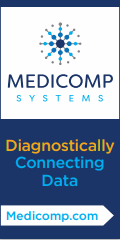


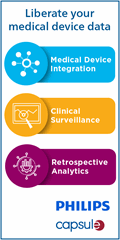











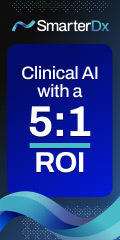



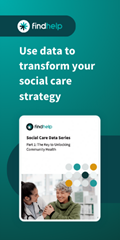









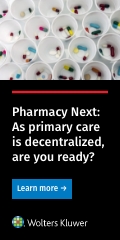

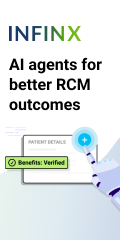




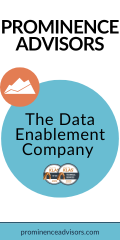







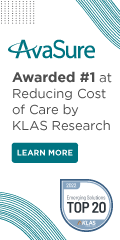



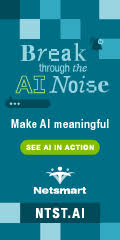





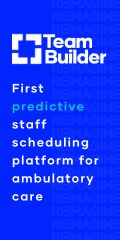





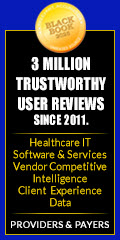





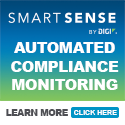
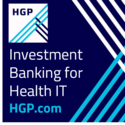
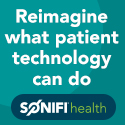

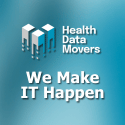




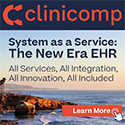




….and call me in the morning. It seems like most people (including the doctors, nurses, and social workers) living and working in a community can probably, pretty easily, tell you where the food deserts and areas without good transportation options are. Their local politicians surely can. A doctor seeing a patient experiencing homelessness or low access to resources doesn’t need fancy analytics to know that. The problem is, “now what?” Care teams aren’t incentivized (are actually dis-incentivized) to spend the time necessary to help these folks navigate what (usually meager) options might be available. As with any other “vital sign”, we should be spending more time talking about what the treatment plan for these situations is, not better ways to diagnose something that is, often, readily apparent.
Thank you for taking the time to read the article and for sharing your perspective. Your point that much more work is needed on treatment plans is well-taken, though I do believe that data and analysis play important roles in addressing SDOH. While doctors, social workers, local politicians, etc. have valuable knowledge about their communities, relying solely on individual observations can lead to incomplete conclusions. Data trends provide an objective understanding of SDOH and can help support the case for and inform appropriate interventions. Data also supports advocacy for policy changes and resource allocation. As they say, “if you can’t measure it, you can’t manage it.” The combination of expertise and data-driven insights can be a winning combination to address SDOH.